Solomon Islands travel tips
Solomon Islands travel tips: In the South Pacific, enchant with turquoise waters, lush rainforests, diverse cultures, and World War II history.
Provinces 🌎
Solomon Islands travel tips. Here is a list of all the provinces of the Solomon Islands.

Central
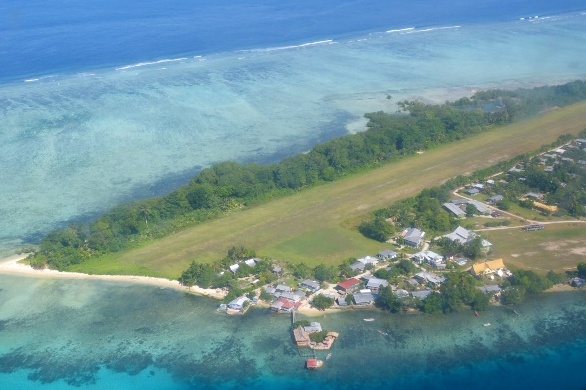
Choiseul
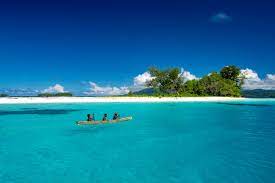
Guadalcanal

Isabel

Makira-Ulawa
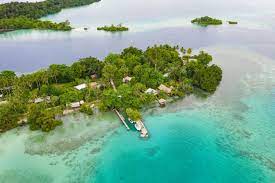
Malaita
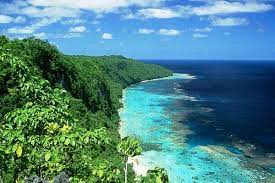
Rennell and Bellona

Temotu
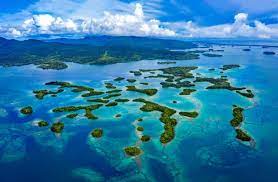
Western

Capital Territory
Before you go 🛩
Important information you should know before your trip
Info
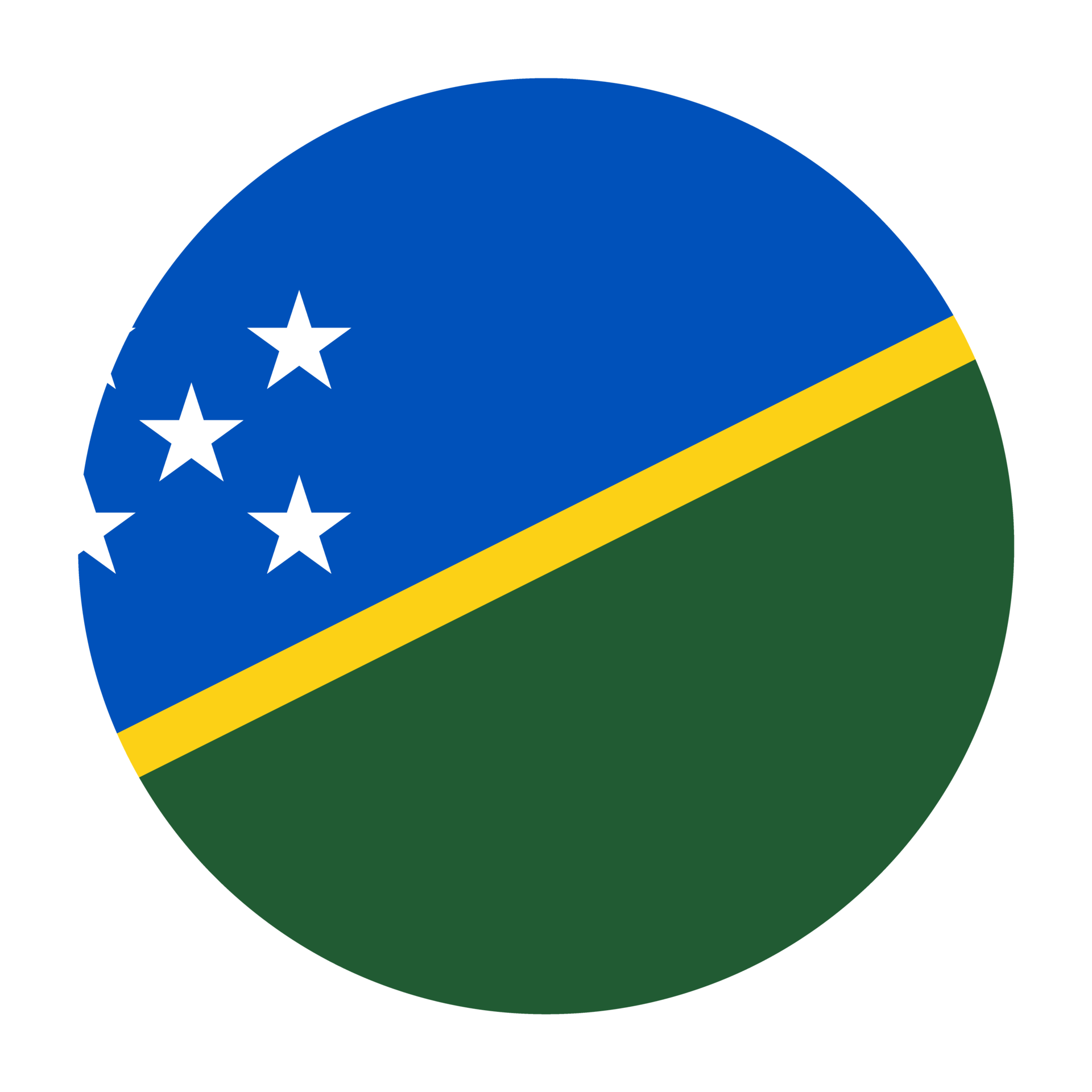
Capital | Honiara
Flag Codes:
ISO alpha-2 SB,
ISO alpha-3 SLB
Currency
Badge | Solomon Islands dollar
CODE | SBD
NUMBER | 090
SYMBOL | $
FRACTION | penny
Mobile Coverage
Dialing Code | +677
SIM Card
Coverage | 3G / 4G / 5G |
Mobile Networks | bMobile | Our Telekom Mobile |

Location
The Solomon Islands is an archipelago located in the South Pacific Ocean. It is situated east of Papua New Guinea and consists of a group of islands spanning a total area of about 28,400 square kilometers (11,000 square miles). The country is located between latitudes 5 degrees and 12 degrees south and longitudes 152 degrees and 168 degrees east.
The Solomon Islands is part of Melanesia, which is a subregion of Oceania. It is geographically divided into two main island groups: the Western Province, which includes the main islands of Choiseul, New Georgia, and the Russell Islands, and the Eastern Province, which includes the larger islands of Guadalcanal, Malaita, and Makira-Ulawa, among others.
Honiara, the capital city of the Solomon Islands, is located on the northwestern coast of Guadalcanal, one of the largest islands in the country. It serves as the main gateway and transportation hub for international and domestic travel within the Solomon Islands.
Currency
The currency of the Solomon Islands is the Solomon Islands dollar (SBD).
The currency code for the Solomon Islands dollar is “SBD,” and it is often abbreviated as “$” or “SI$”.
The Solomon Islands dollar is the official currency and is used for all transactions within the country.
It’s important to note that the Solomon Islands dollar is not widely accepted outside of the country, so it’s recommended to exchange your currency to SBD upon arrival in the Solomon Islands.
Currency exchange services are available at the international airport, major hotels, banks, and authorized exchange offices in the main cities.
Languages
The official language of the Solomon Islands is English. English serves as the language of government, education, commerce, and communication among the diverse ethnic groups in the country. It is widely spoken and understood by the majority of the population, particularly in urban areas and tourist-related services.
However, it’s important to note that English may not be the first language for many Solomon Islanders. The country is linguistically diverse, with over 70 different languages spoken among the various indigenous communities. Some of the prominent local languages include Pijin (Solomon Islands Pidgin), which is a creole language based on English, and various indigenous languages such as Malaitan, Guadalcanal, and Temotu.
In rural and remote areas, especially among traditional communities, the local languages and dialects are more commonly used for day-to-day communication. It can be helpful to learn a few basic phrases in the local languages or rely on interpreters or guides when interacting with local communities.
Climate 🌡
The Solomon Islands has a tropical climate characterized by high temperatures and humidity throughout the year. The climate is influenced by the monsoon patterns and trade winds in the region. Here are some key features of the climate in the Solomon Islands:
Wet and Dry Seasons: The Solomon Islands experiences a distinct wet season and a dry season. The wet season typically runs from November to April, with the highest rainfall occurring between January and March. During this time, the islands experience frequent rain showers, thunderstorms, and high humidity. The dry season, from May to October, brings less rainfall and more sunshine.
High Temperatures: The Solomon Islands have consistently high temperatures throughout the year. Average daytime temperatures range between 28°C (82°F) and 32°C (90°F). Humidity is also high, particularly during the wet season.
Tropical Cyclones: The Solomon Islands can be susceptible to tropical cyclones or typhoons during the wet season, especially between December and March. These storms can bring heavy rainfall, strong winds, and rough seas. Travelers should stay informed about weather conditions and follow any advisories or warnings issued by local authorities.
Lush Vegetation: The ample rainfall and warm temperatures contribute to the lush vegetation and dense rainforests found across the Solomon Islands. The islands are known for their diverse flora and fauna, including unique species of birds, plants, and marine life.
Sea Temperatures: The waters surrounding the Solomon Islands remain warm throughout the year, ranging from 26°C (79°F) to 29°C (84°F). This makes it an ideal destination for swimming, snorkeling, and diving.
Solomon Islands travel tips
If you’re planning a trip to Solomon Islands, here are some travel tips to enhance your experience:
Diverse Islands:
Explore the unique cultures and landscapes of the Solomon Islands’ diverse islands, each offering distinct experiences.
Cultural Respect:
Embrace local customs and traditions. It’s customary to ask for permission before taking photos of people.
Snorkeling and Diving:
Rich marine life; indulge in snorkeling or diving. Choose reputable operators and respect the fragile ecosystems.
Island Hopping:
Discover multiple islands for a holistic experience. Check ferry and boat schedules for convenient island hopping.
Transportation:
Utilize boats, domestic flights, and local buses for inter-island travel. Confirm schedules in advance due to limited services. View Guide.
Nature Reserves:
Explore diverse ecosystems in national parks. Follow eco-friendly practices to preserve the pristine environment.
Cultural Events:
Time your visit with local festivals for a vibrant display of traditional dance, music, and customs.
Enjoy your time in Solomon Islands!

The best of the best
The Solomon Islands offer a rich and diverse culinary experience, incorporating local ingredients, traditional cooking methods, and cultural influences.

Poi
Poi is a traditional dish made from mashed taro or breadfruit.

Fresh Fruits
The Solomon Islands are home to a variety of tropical fruits. You can enjoy delicious fruits such as bananas, pineapples, papayas, mangoes, and passion fruits, either on their own or as part of fruit salads and desserts.

Coconut
Coconuts are an essential ingredient in Solomon Islands cuisine.
Here are some typical foods you can find in the Solomon Islands:
Taros and Yams: Root vegetables like taro and yams are widely consumed in the Solomon Islands. They are versatile ingredients used in both savory and sweet dishes. Taro is often boiled or roasted, while yams can be mashed, fried, or baked.
Breadfruit: Breadfruit is a popular fruit in the Solomon Islands and is cooked in various ways. It can be roasted, boiled, or turned into flour for making bread or desserts. Breadfruit is often used as a starchy accompaniment to main dishes.
Rukau: Rukau is a dish made from taro leaves cooked with coconut milk and often mixed with other ingredients like onions, garlic, and meat or seafood.
Lovo: Lovo is a traditional cooking method in the Solomon Islands. It involves burying food, such as fish, chicken, pork, or root vegetables, in an underground oven with hot stones. The food is slow-cooked and infused with smoky flavors.
Local dishes often reflect the availability of ingredients and the cultural practices of different regions and communities. When visiting the Solomon Islands, be sure to try some of these traditional dishes to experience the flavors and culinary heritage of the country.
Transportation 🚥
More information about this country
Choose your destination 📍🗺
Useful Links ✅



